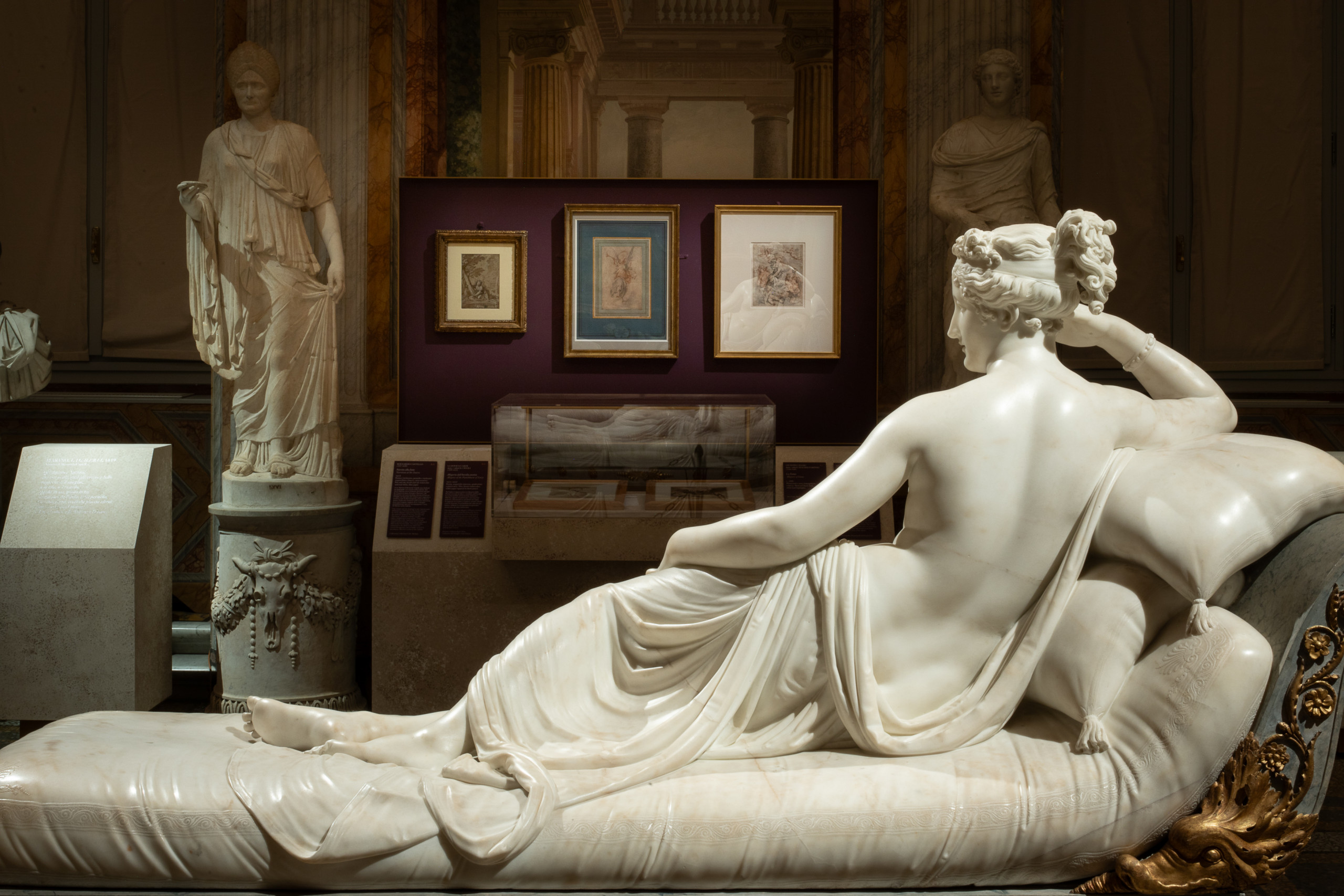LA GALERIA AND MARINO’S DIALOGUE WITH ARTISTS

La Galeria – a collection of poetry wherein each poem corresponds to a real or imaginary artwork – was published in 1619, after a long gestation, by the Venetian publisher Giovan Battista Ciotti. This celebrated work by Marino assembles 624 poems – mostly madrigals and sonnets – divided into Pitture (Paintings) and Sculture (Sculptures), to reconstruct an ideal 17th-century gallery in a reflective game which poses a continuous expressive challenge.
At first, Marino imagined the work would be illustrated ‘with the most beautiful engraved drawings’ for which he commissioned sketches of ‘antique fables’ from his artist-friends. However, he had to give up this plan. The section on Paintings includes mythological and religious works (Favole and Istorie) Ritratti (Portraits), and Capricci (imaginary scenes). Sculpture includes Rilievi, Modelli, Medaglie (Relief, Models, Medals) and another section on Capricci. In 1614, the poet describes the project, saying: ‘Here you have the Galeria, just like a Pinacoteca (picture gallery) – as Petronius described – a place where, as in Antiquity, paintings are kept … where Istorie are both sacred and profane, and are explained with various poetic fantasies and the praises of the most illustrious masters … where the Favole are those most famous tales, taken from the Greek and Latin poets.’
The works displayed in this section, accompanied by Marino’s timely verses, aim to reflect the themes and compositions of those artworks that the poet admired in the great contemporary collections he visited; and then celebrated in La Galeria. The selection intends to reconstruct the figurative imagery that caught Marino’s eye and duly nourished his poetic verses.